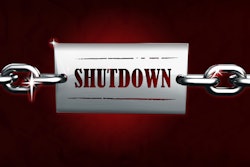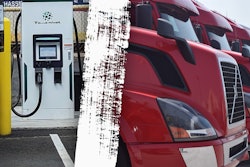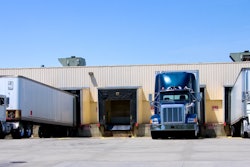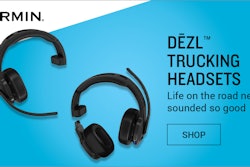Following the Good Friday release by the Environmental Protection Agency of its Phase 3 greenhouse gas emissions regulations final rule, numerous trucking and trucking-adjacent organizations have weighed in on the rule.
As reported Friday, the final rule sets new emissions standards for truck and engine manufacturers covering model years 2027 through 2032. Sleeper tractors will have to see a 6% reduction in CO2 emissions from the current standards with the 2030 model year, 12% in 2031, and 25% in 2032. Other truck configurations have varying standards to meet.
For reactions from the Owner-Operator Independent Drivers Association and the American Trucking Associations, see the original story here.
Since the release of the rule, other industry organizations -- the Truckload Carriers Association, Clean Freight Coalition, Engine Technology Forum and others -- have offered insights into the potential impacts of the final rule. Much of the commentary was critical of the CO2-reduction targets. Despite an expressly "technology neutral" approach taken by EPA in the rule, most stakeholders felt, by and large, the reduction targets simply weren't achievable without significant electric powertrain production and adoption -- an expensive proposition for manufacturers and end users that is itself heavily dependent on power infrastructure development and other factors outside the control of builders and carriers.
TCA President Jim Ward noted that truck and engine makers and carriers themselves have effectively reduced nitrogen oxides (NOx) and particulate matter through the decades-long evolution and implementation of new technologies. While TCA remained committed to being a good steward of the environment, he said, he added that "the journey ahead provides for many alternatives to be considered to lower carbon, such as blended biodiesel, renewable natural gas," and diesel-electric hybrids, "just to name a few to help us bridge the gap to the future. We cannot just sit idly by and watch the implementation of a policy that will have a significant impact on our members’ business.”
[Related: Final EPA Phase 3 rule sets truck CO2-emissions limits]
Jim Mullen, executive director of the Clean Freight Coalition, took similar sentiment even farther, voicing the organization’s opposition to the final rule, despite “a long history of collaborating with federal regulators on sound regulations that support environmental improvements at the right speed” among his group’s members. Mullen called the Phase 3 rule “a regulation that will require the adoption of zero-emissions commercial vehicles at a pace that isn’t possible due to the limits of today’s technology.










